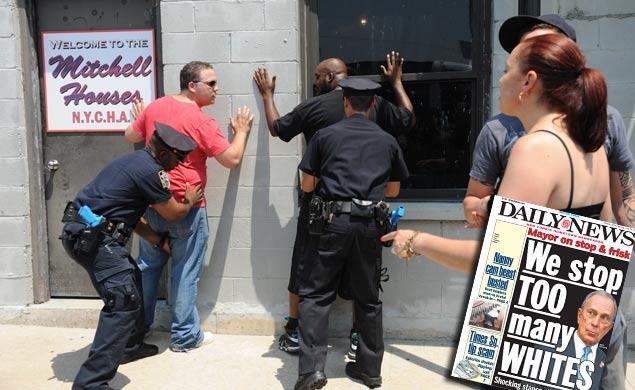Stop and Frisk
The U.S. Supreme Court held that law enforcement officers may briefly detain (stop) and question a person based upon reasonable suspicion that he or she is involved in criminal activity. This is known as a Terry stop. See Terry v. Ohio.
Reasonable suspicion, short of probable cause for arrest, depends on the totality of the circumstances. Terry stops are heavily fact determinative that must be examined in each individual case. During a Terry stop, police may conduct a limited search of a suspect’s outer clothing (pat down – Frisk) for weapons if they have reasonable and “articulable suspicion” that the person detained is “armed and dangerous.” The procedure is known as a “stop and frisk.” The policy behind it is officer safety.
One of the many problems judges, prosecutors, defense lawyers, and law enforcement have with Terry stops is the very definition of what is ’“articulable suspicion.” It’s certainly not self-defining. Because of the lack of clear guidance, confusion in its application is commonplace. We try to resolve this confusion through the totality of the circumstances test. Under this analysis, the court will determine if the officer had a particularized and objective basis for suspecting the person of criminal activity.
The State bears the burden to articulate facts to support a finding of reasonable suspicion. State v. Burton.
Reasonableness is the cornerstone in any Fourth Amendment analysis and not all stops are reasonable under Terry. The Court must balance the public interest against a persons right to be secure from arbitrary interference from law enforcement. State v. Rodriquez. These factors include:
- Seriousness of the offense;
- Likelihood that the person detained may have witnessed or been involved in the offense;
- Proximity in time and place from the scene of the crime;
- Urgency of the occasion;
- Nature and extent of the detention;
- Means and procedure used by police;
- Presence of any circumstances suggesting harassment or a deliberate effort to avoid the necessity of securing a warrant.
If such a policy were enacted here in South Carolina, I believe our courts would have reached the same conclusion as the New York Federal Court.
The Court found the police department resorted to a “policy of indirect racial profiling.” Between 2004 and 2012 the NYPD had conducted around 4.43 million stops. About 83 percent of the stops during that period involved blacks and Hispanics, despite the fact that the demographic represented approximately 50 percent of the city’s residents. Clearly, a disproportionate amount that was indicative of racial profiling. The NYPD claimed that the disparity mirrored the disproportionate percentage of crimes committed by young minority men. This was sharply dismissed by the fact that there was significant evidence that the people being stopped were not criminals. Judge Scheindlin wrote “It is impermissible to subject all members of a racially defined group to heightened police enforcement because some members of that group are criminals.”
Members of these minority communities have known for years that they were being singled out. Finally, the courts are taking a stand and holding those in power accountable for their actions. Despite the ruling, Mayor Bloomberg, who knew about the policy and in favor of it, was quoted as saying “You’re not going to see any changes in tactics overnight.” An appeal of the decision has been filed.
Charleston Criminal Defense Attorney
If you have a case involving a police body camera issue case call an experienced and trusted Charleston criminal attorney at the Dale Savage Law Firm today for a free case consultation (843) 530-7813.

